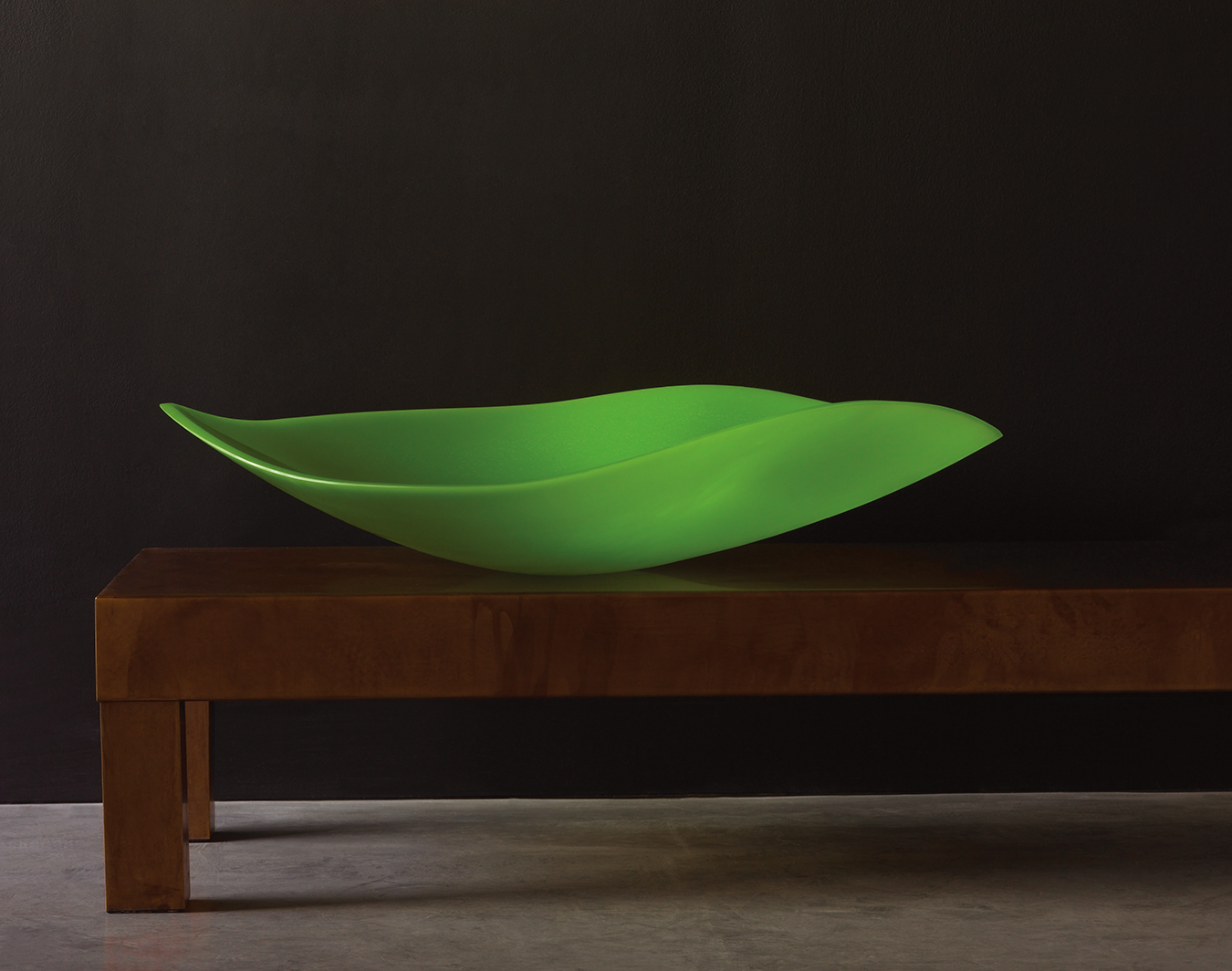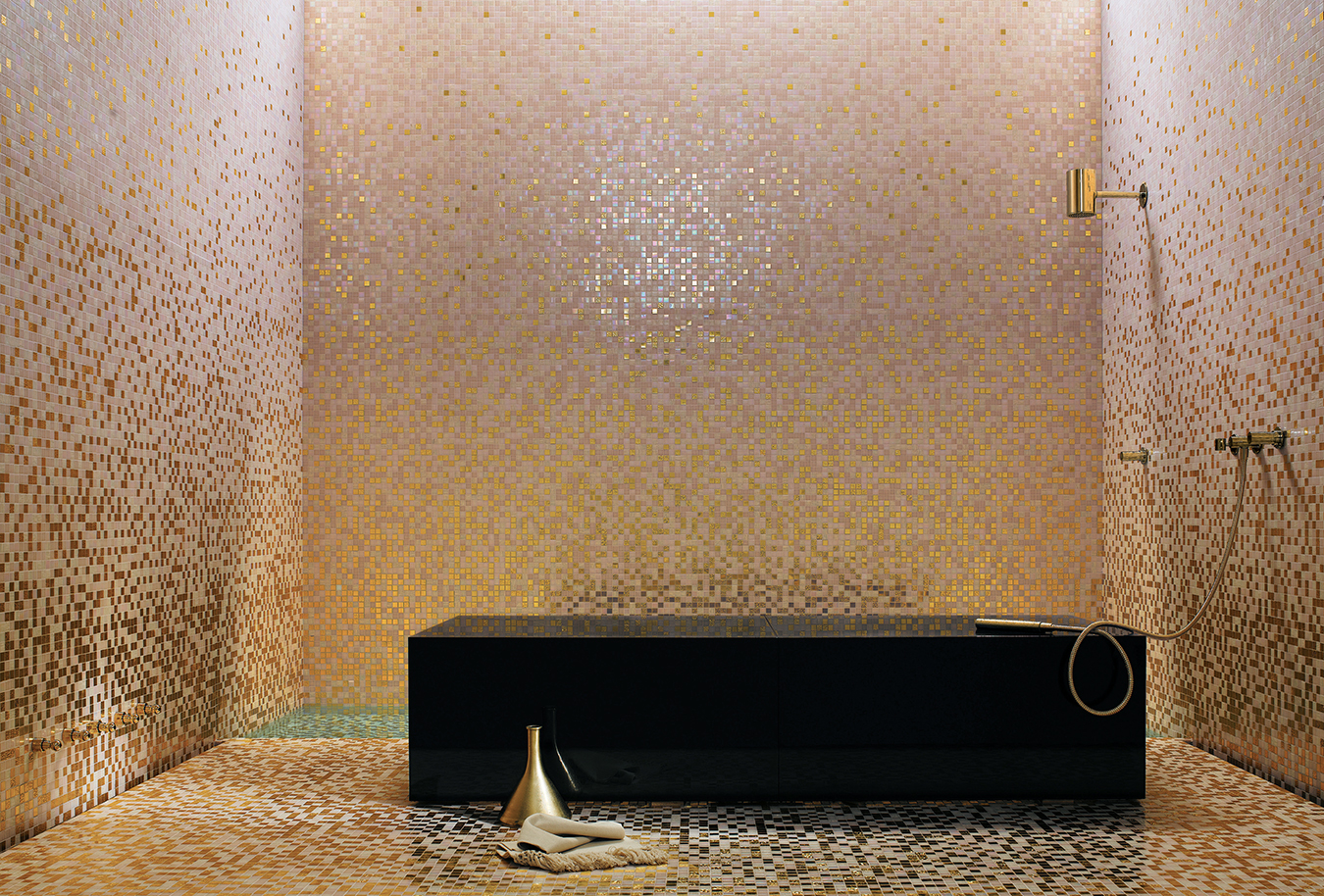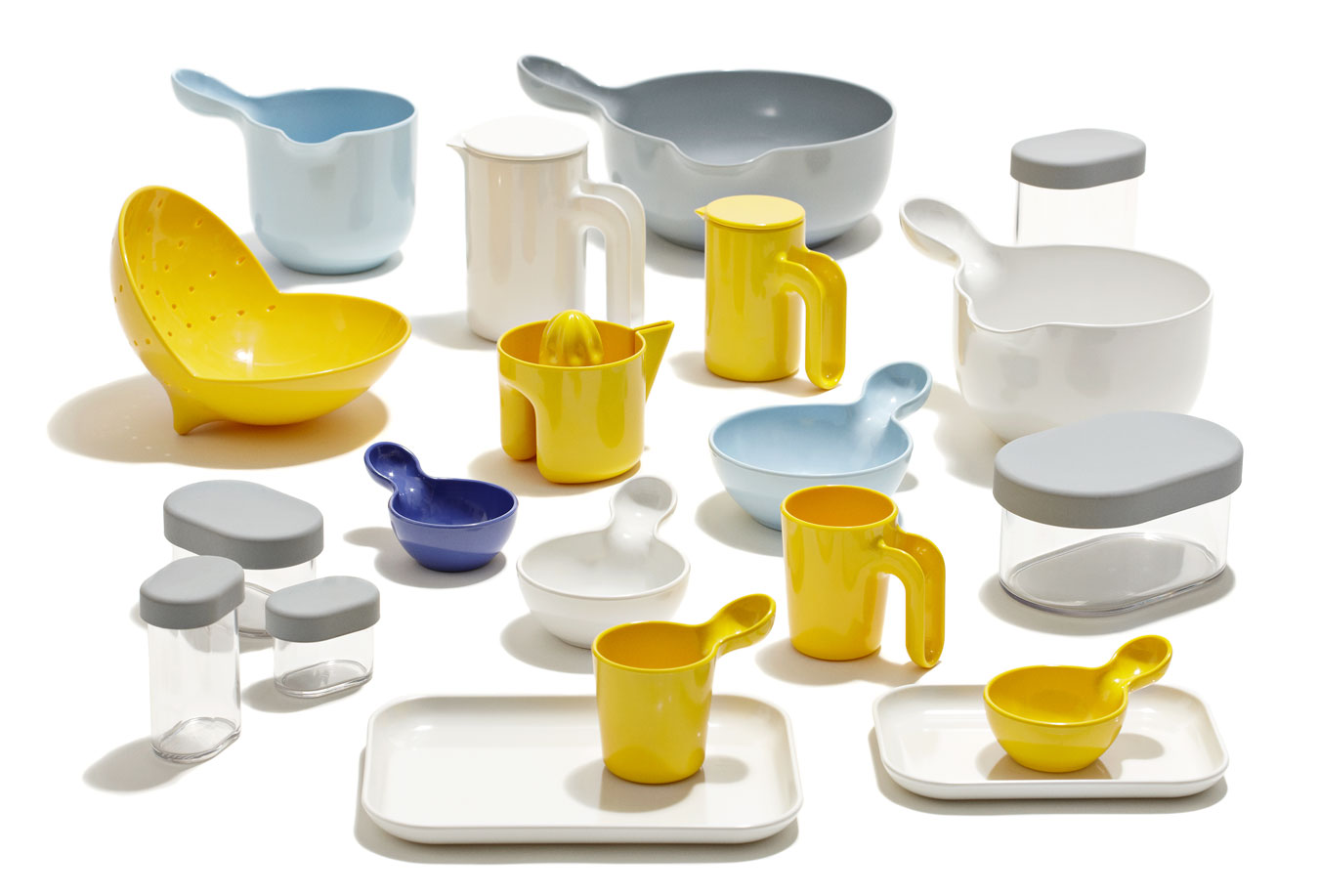Design Space: Big by Nina+Co
A lesson in stylish sustainability.
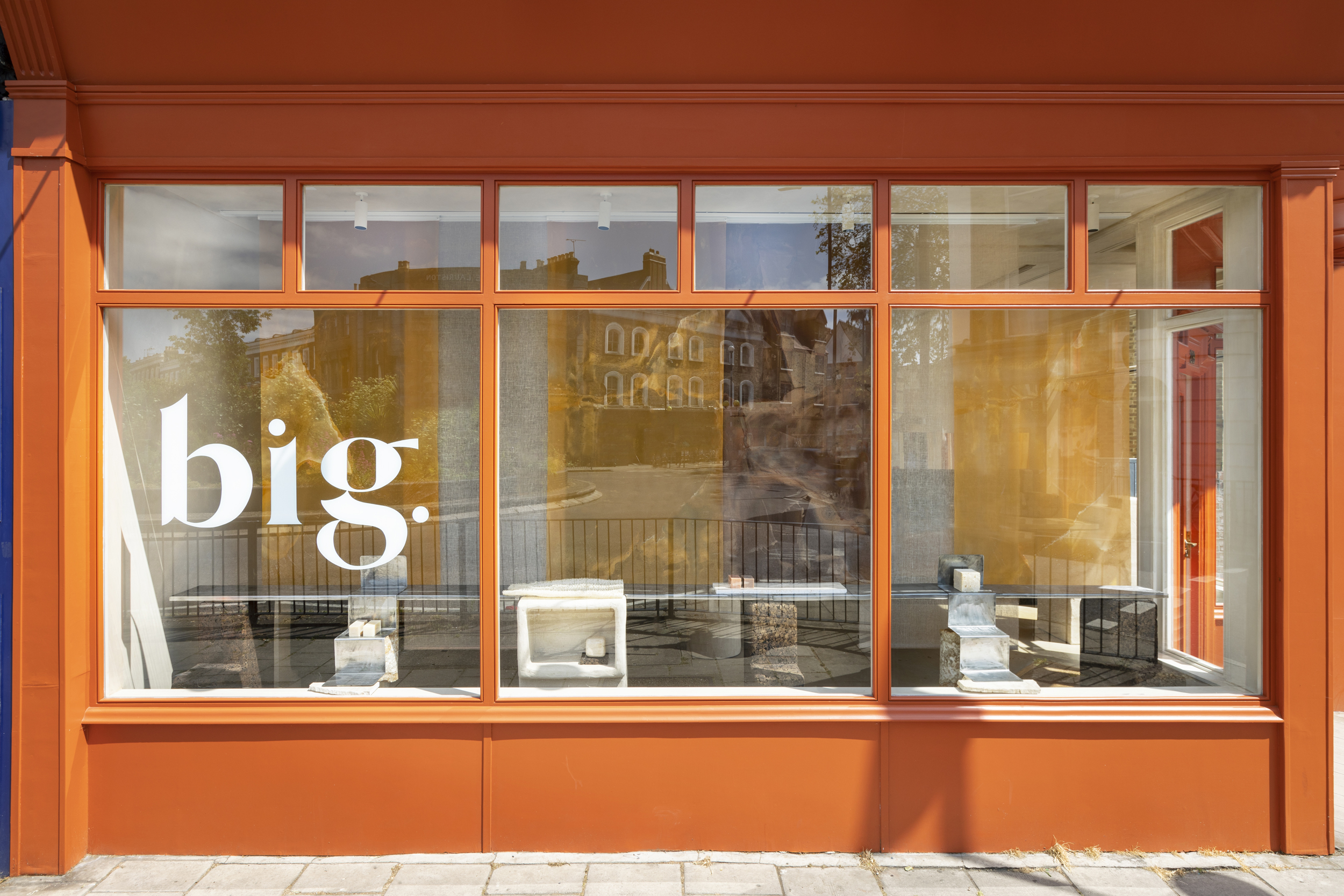
Fungi and seaweed aren’t materials you’d expect to find furnishing a store in East London’s popular shopping spot Victoria Park Village. But at the flagship location of clean-beauty retailer Big, biomaterials make up much of the shop: mycelium was grown into durable plinths, and seaweed biotextiles, coloured with reishi mushrooms and clay, filter the warm light through the window, while biodegradable cork furniture holds the brand’s selection of sustainable beauty products.
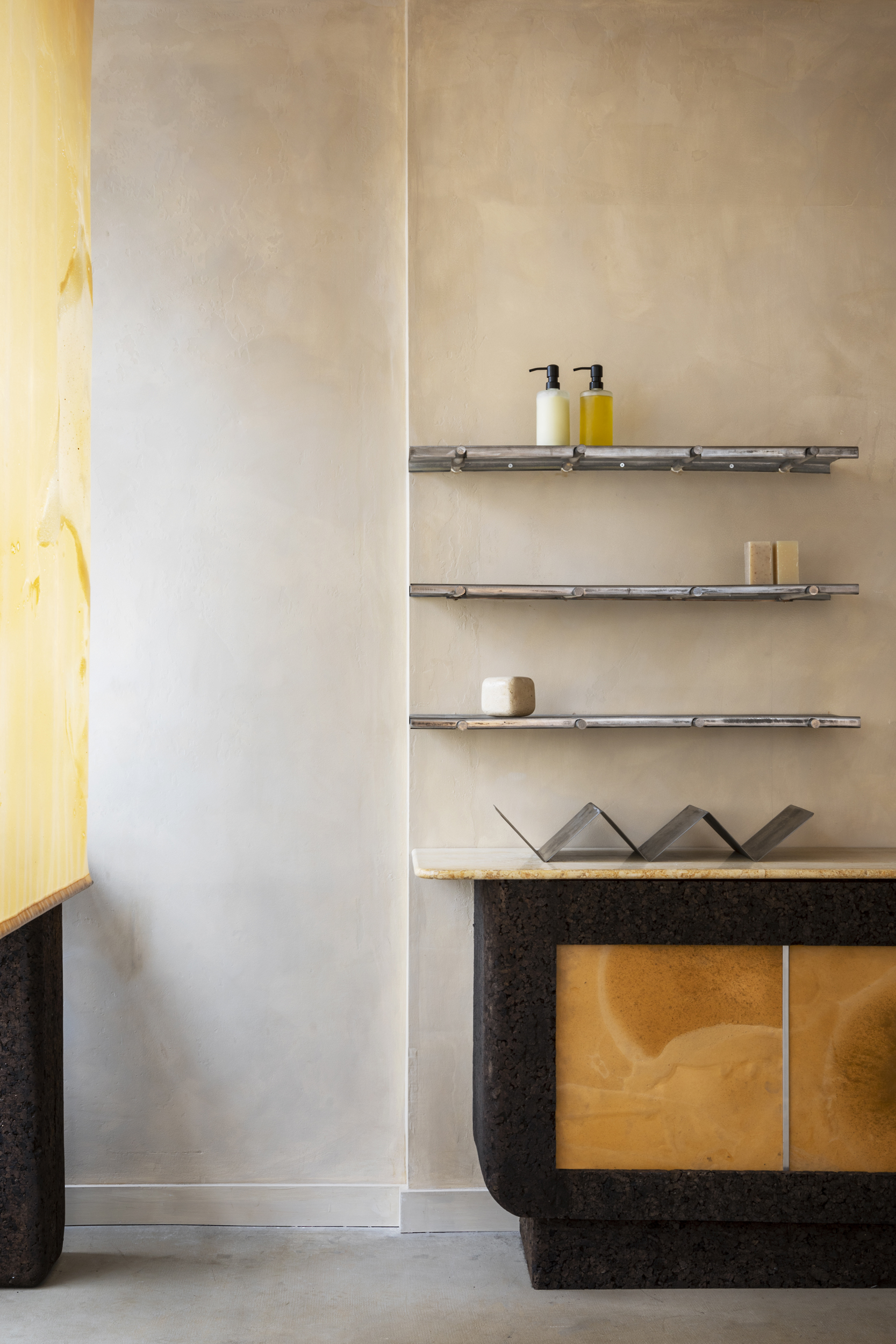
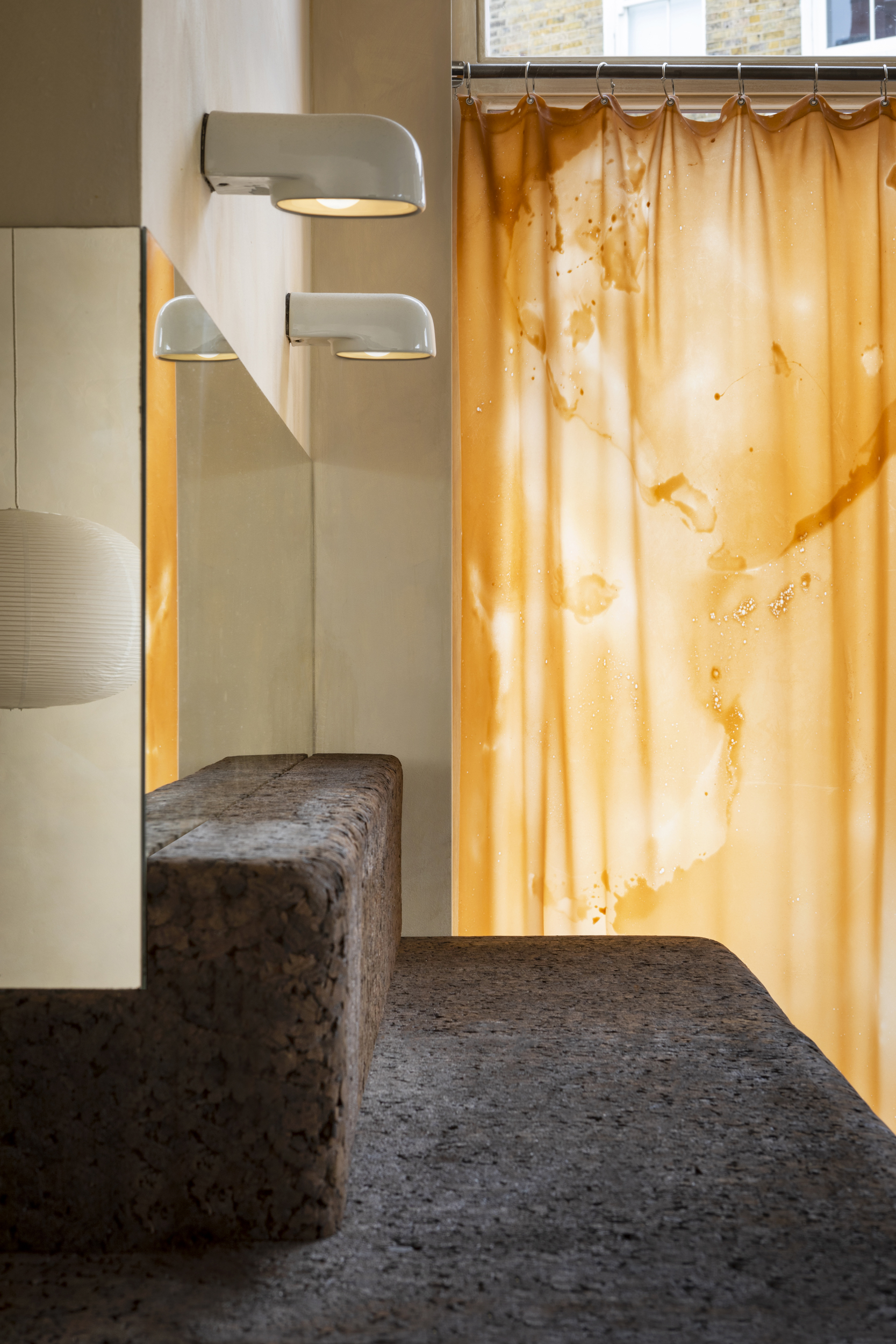
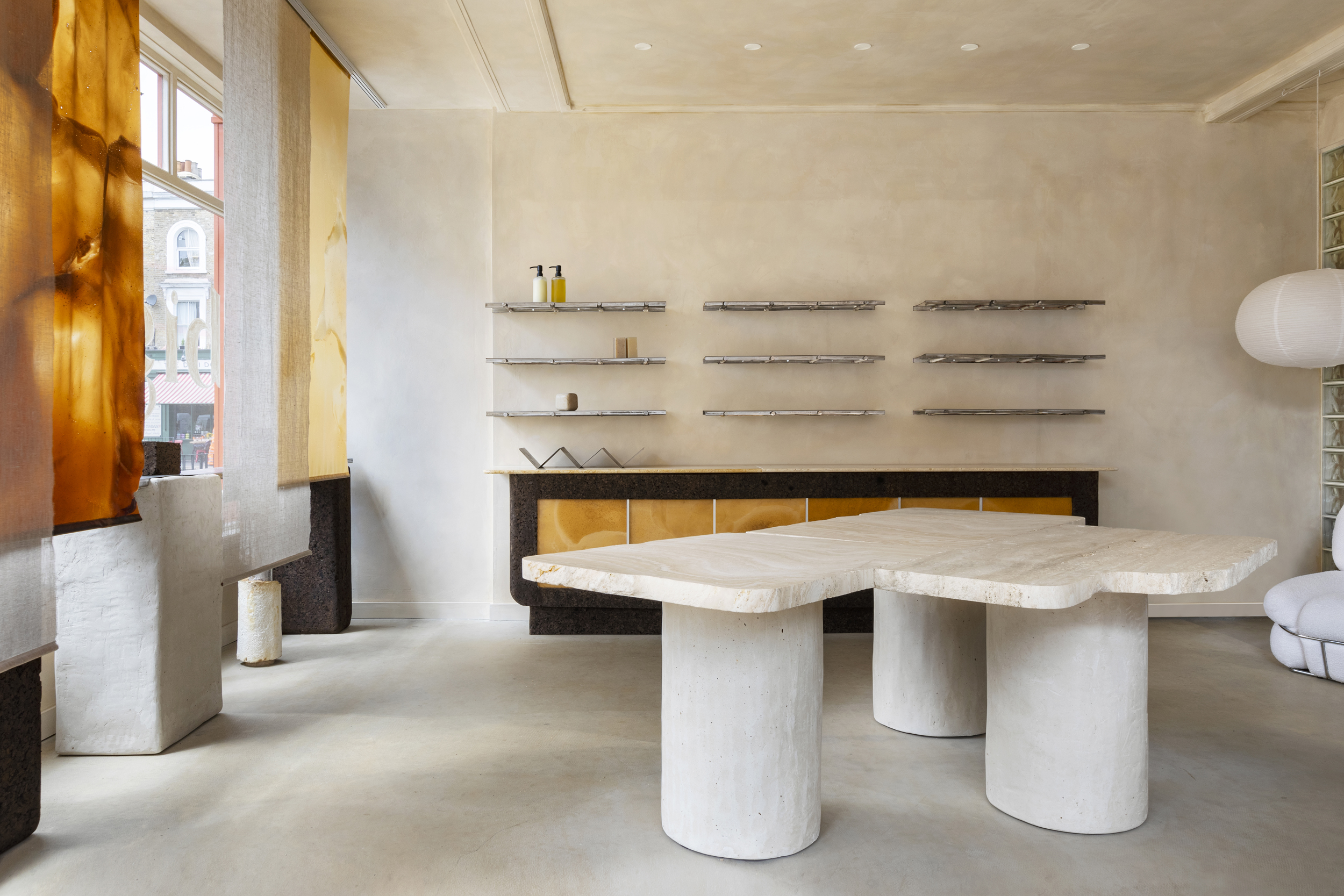
London design firm Nina+Co was tasked with delivering a beauty and wellness store that lived up to the high standards of environmental awareness Big was founded on. The firm considered every step of production to take a multifaceted approach to sustainability, making do with what was in the space already, sourcing second-hand and from salvage yards, and planning for the life of each item beyond its use in the store. For each element, Nina+Co took into account where it had come from and where it was going for a circular approach at its most complete.
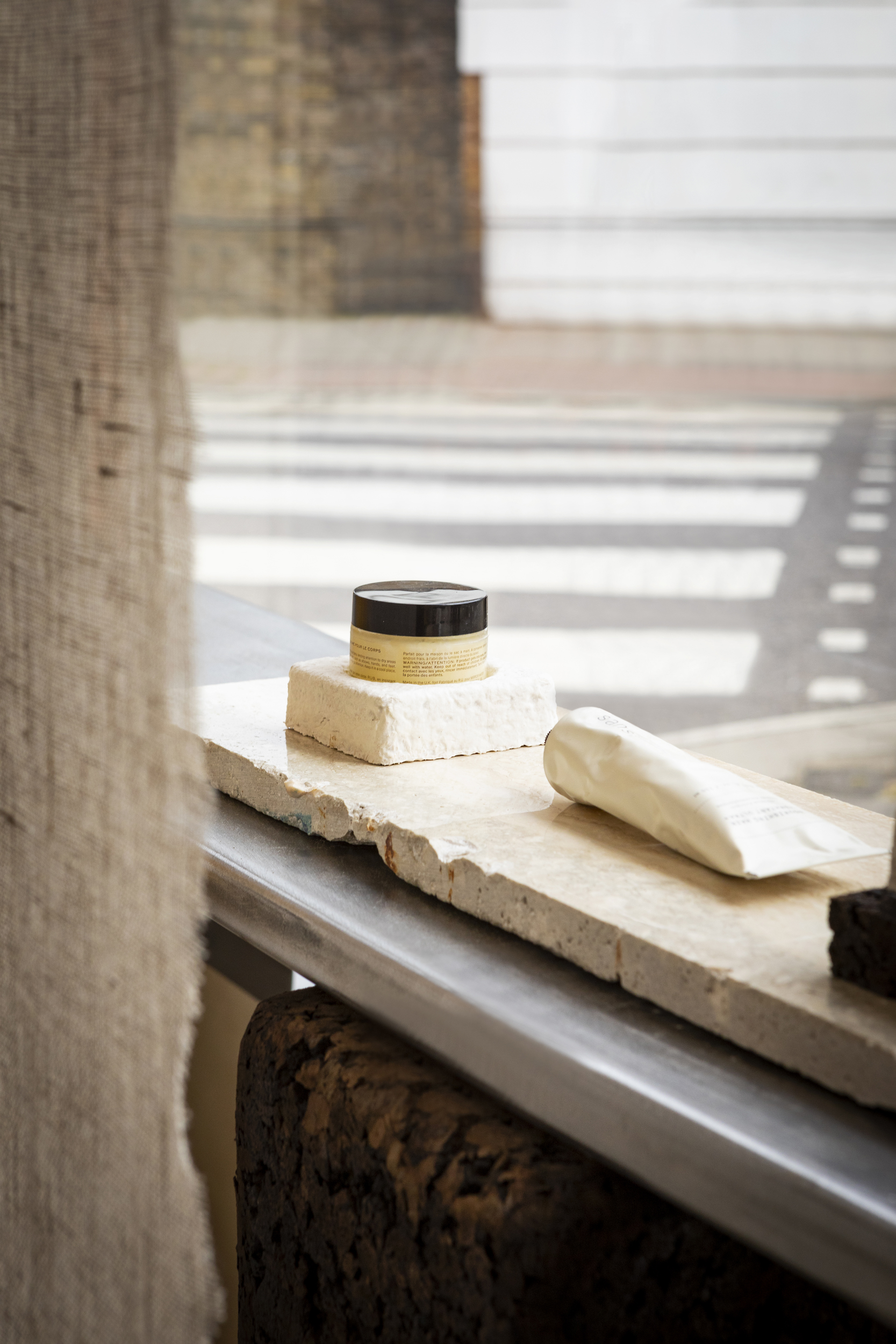
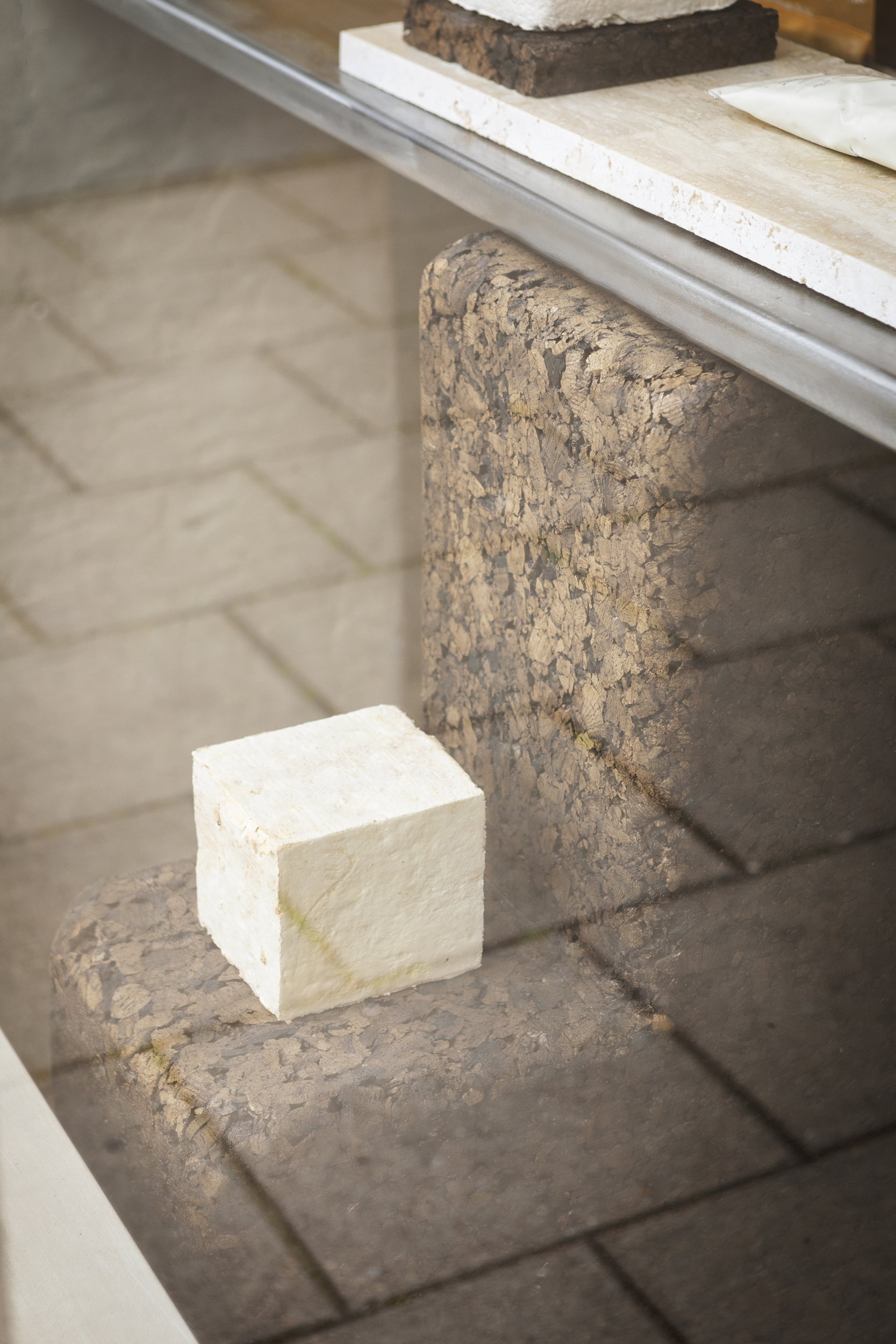
Rather than compromise aesthetics to meet these requirements, the designers leaned into an environmental theme, taking inspiration from the minerals and common ingredients in natural skin care, like clay, seaweed, and mushroom extracts. The walls are limewashed with clay and minerals, and instead of creating overly manufactured straight lines, the designers used rough-cut edges and unpolished stone to preserve a wild feel. They kept the tones earthy, using mainly browns, beiges, and creams, which allowed the texture of the organic materials to shine. Big founder Lisa Targett Bolding wanted a space “that feels like you’re walking into a sexy bathroom,” and it was important that it be both warm and inviting while remaining open enough to be a gathering space to host wellness events.
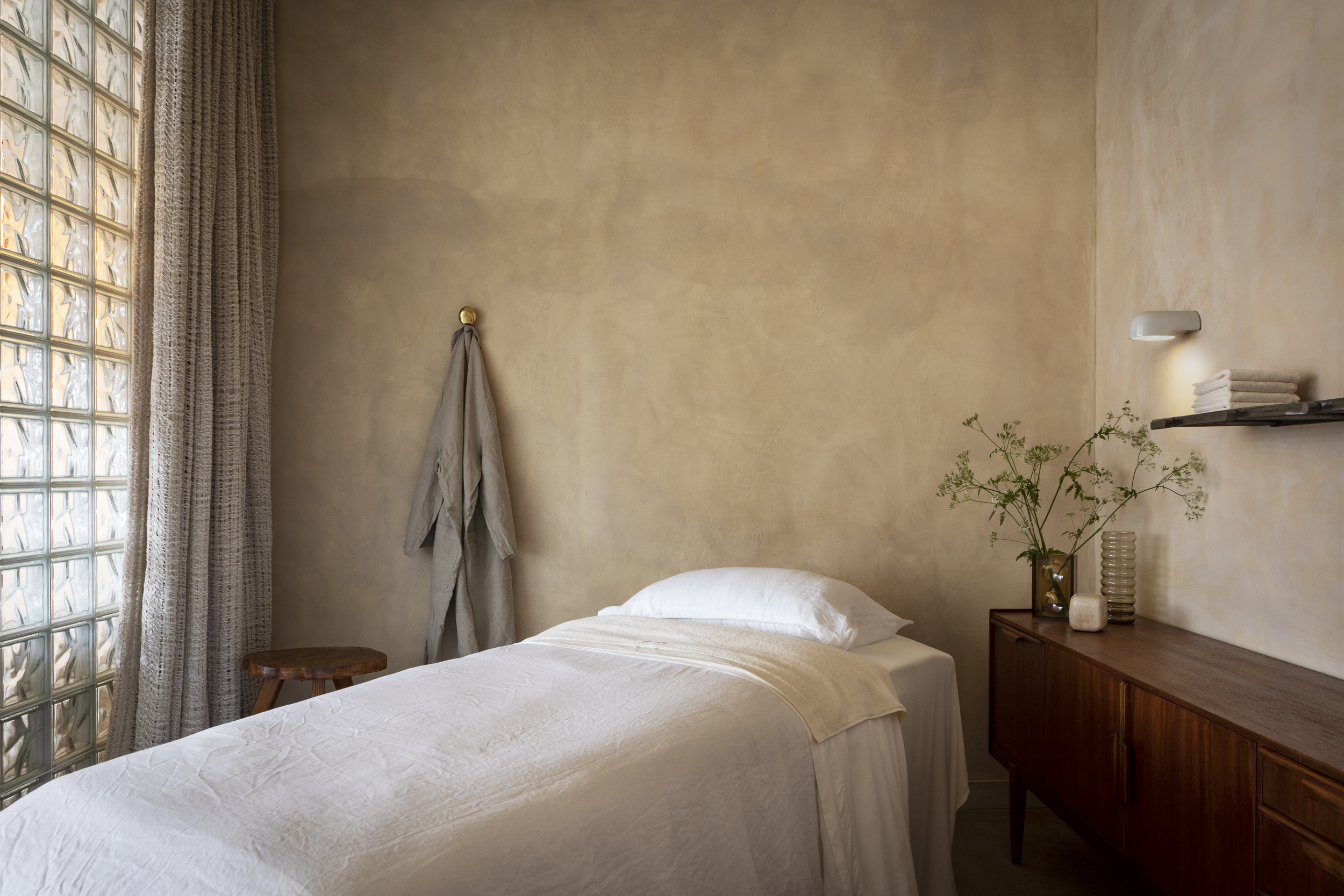
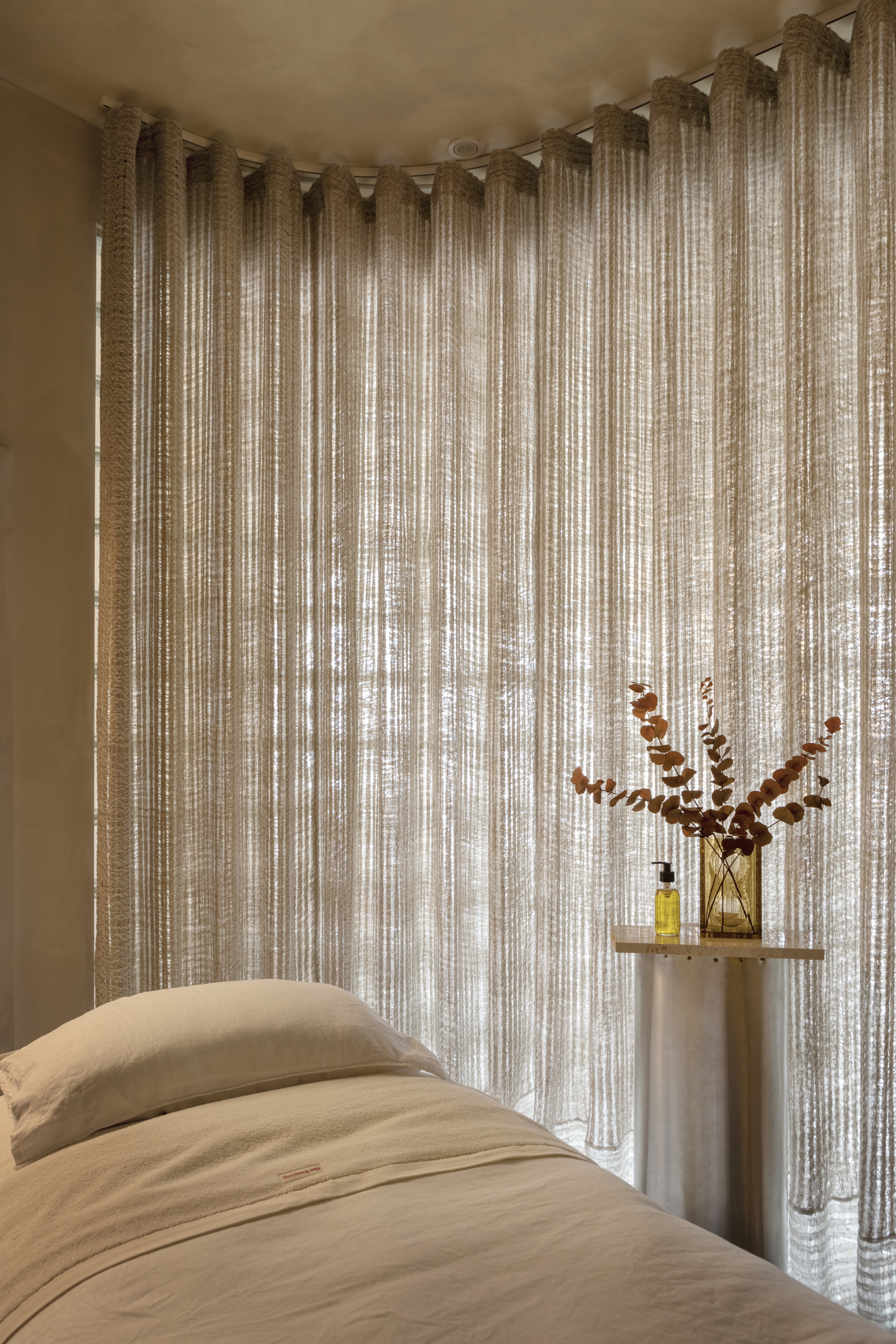
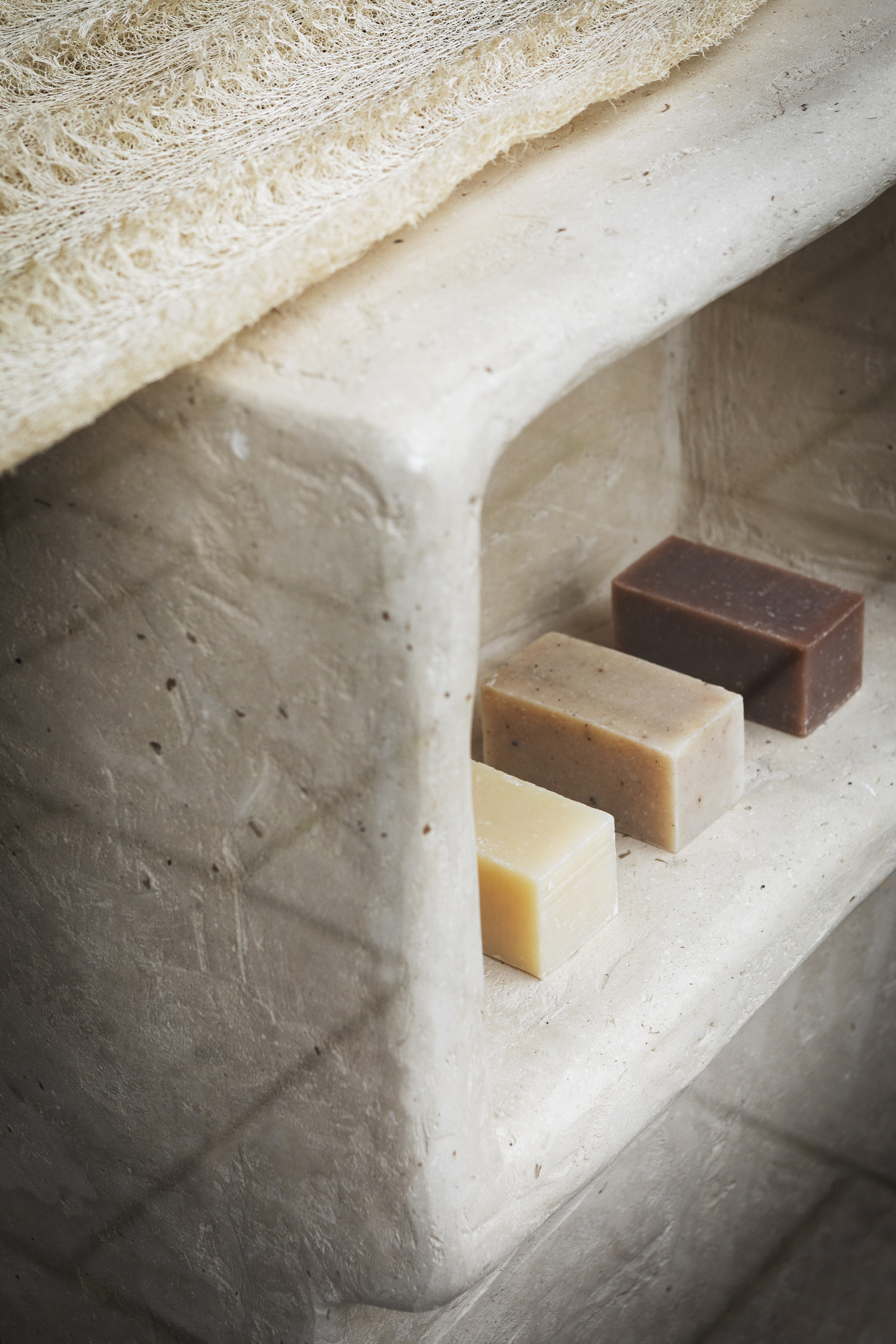
Nina+Co preserved many elements from the existing space, including much of the kitchen and washroom, and donated the proceeds from the sale of removed timber flooring and underlay to charity. Instead of bringing in new flooring, the designers opted to stain the grey concrete a warmer tone using iron sulphate.
In the centre of the space, an amorphous cream travertine marble surface rests on three wide round legs made from locally salvaged plasterboard, which can be reused or recycled. The marble in the project was either salvaged or taken from offcuts—the designers kept it in big slabs, using minimal cuts and glue to maximize opportunities in future iterations.
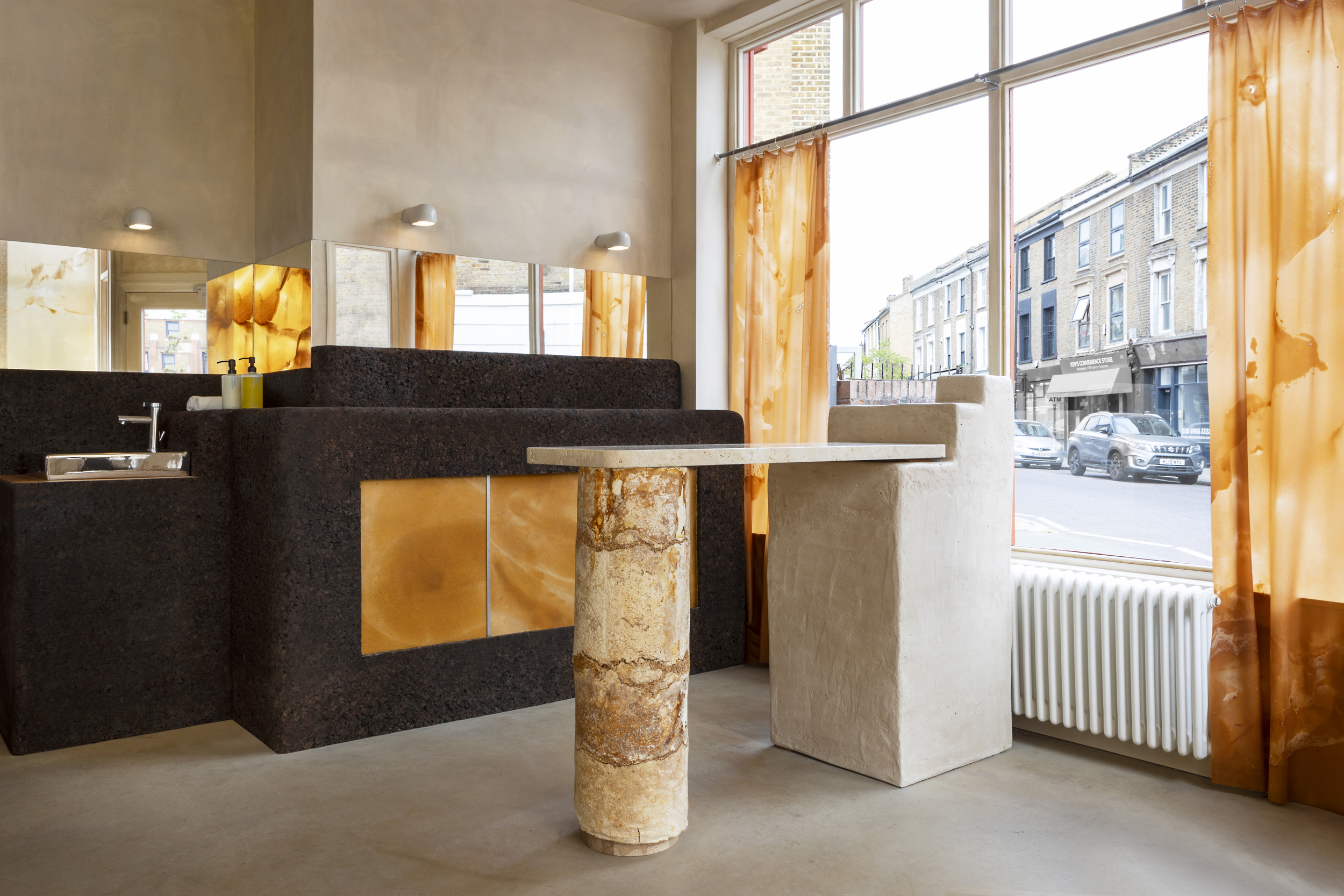
Cork, the material in the kitchen and washroom tiles, is actually carbon negative—once the bark from the cork oak is harvested, the regeneration process sequesters additional carbon dioxide, making it incredibly sustainable. The material proves its style chops with the long, dark-brown storage cabinet made from biodegradable dark expanded cork blocks, normally used for insulation, that sits along one wall. Nine floating shelves made from reclaimed steel display products above the cabinet.
The curved glass-block wall, one of the few materials that had to be purchased new because the designers couldn’t source enough reclaimed glass blocks in the same size, cloisters a massage and treatment room in the back, with flowy linen curtains for privacy and vintage furniture that adds a relaxed, homey feel.
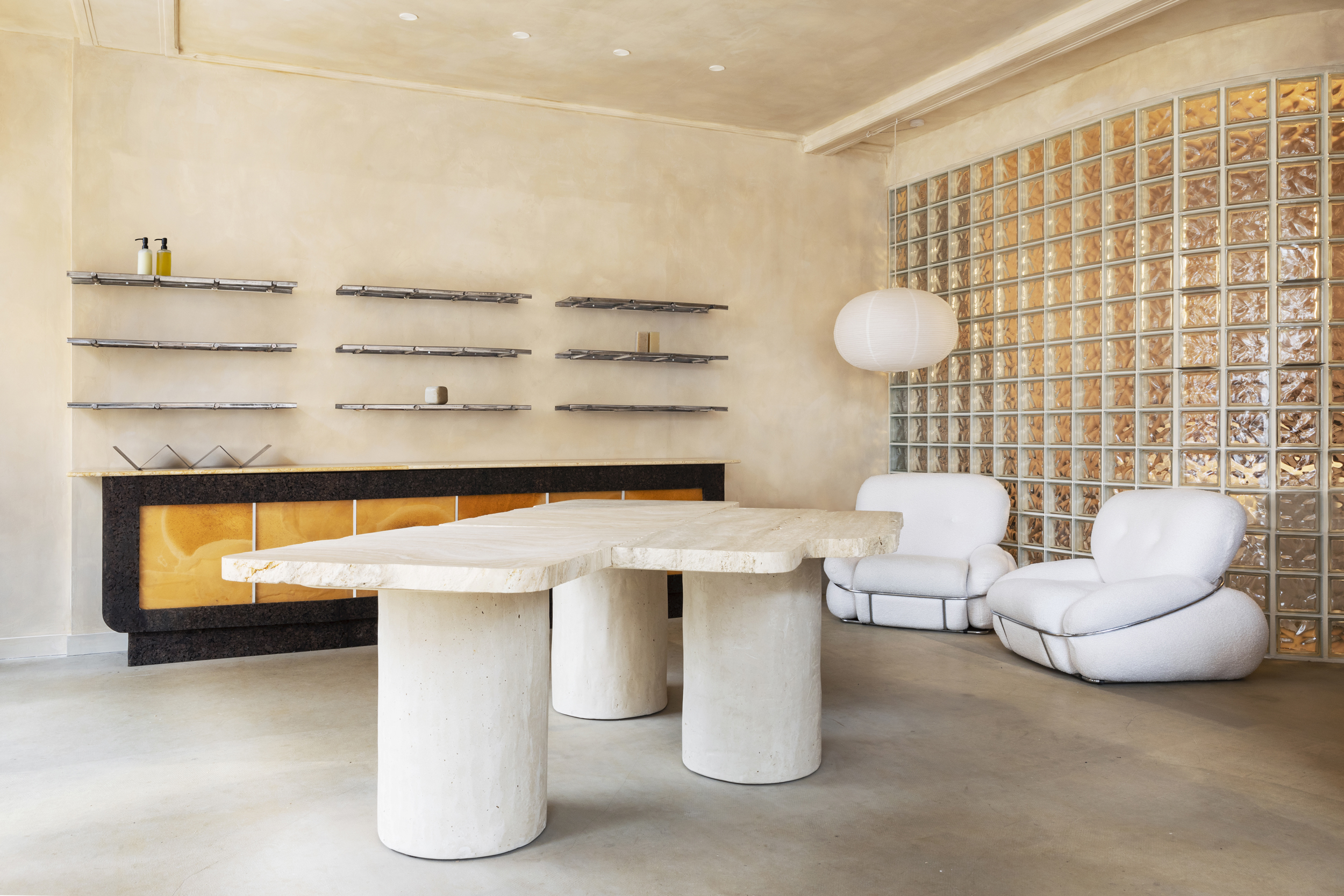
With the oversized table legs, brown abstract patterns on the textiles and cabinet, and the pair of vintage rounded white armchairs that sit against the glass wall, there’s a subtle tone of ’70s funk balanced with the serenity of contemporary silhouettes. Nina+Co’s references to the past and the present in its design choices create a fitting reflection on sustainable design, a reminder that it’s not just about discovering the best and brightest new technologies but using what already exists. And at Big, it’s a beautiful balancing act of both.
Photography by Anna Batchelor.

